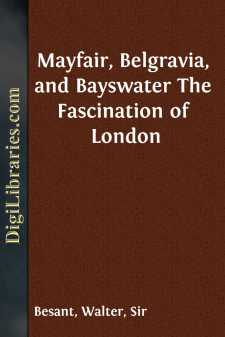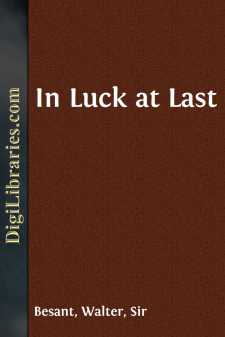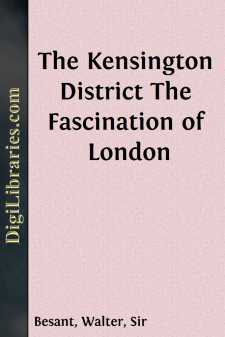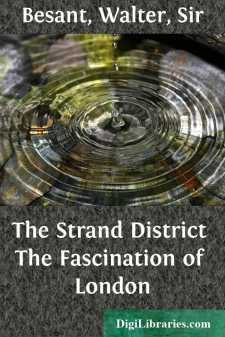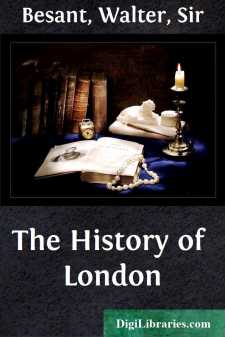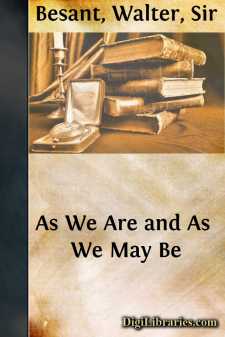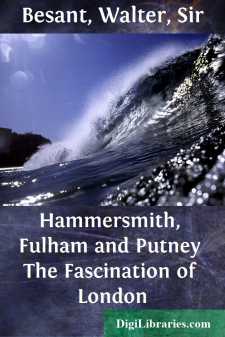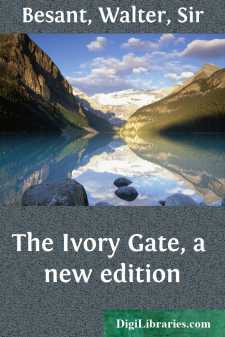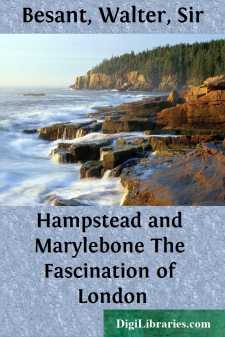Categories
- Antiques & Collectibles 13
- Architecture 36
- Art 48
- Bibles 22
- Biography & Autobiography 813
- Body, Mind & Spirit 142
- Business & Economics 28
- Children's Books 17
- Children's Fiction 14
- Computers 4
- Cooking 94
- Crafts & Hobbies 4
- Drama 346
- Education 46
- Family & Relationships 57
- Fiction 11829
- Games 19
- Gardening 17
- Health & Fitness 34
- History 1377
- House & Home 1
- Humor 147
- Juvenile Fiction 1873
- Juvenile Nonfiction 202
- Language Arts & Disciplines 88
- Law 16
- Literary Collections 686
- Literary Criticism 179
- Mathematics 13
- Medical 41
- Music 40
- Nature 179
- Non-Classifiable 1768
- Performing Arts 7
- Periodicals 1453
- Philosophy 64
- Photography 2
- Poetry 896
- Political Science 203
- Psychology 42
- Reference 154
- Religion 513
- Science 126
- Self-Help 84
- Social Science 81
- Sports & Recreation 34
- Study Aids 3
- Technology & Engineering 59
- Transportation 23
- Travel 463
- True Crime 29
Mayfair, Belgravia, and Bayswater The Fascination of London
by: Walter Besant
Description:
Excerpt
MAYFAIR, BELGRAVIA, AND BAYSWATER
Mayfair is at the present time the most fashionable part of London, so much so that the name has come to be a synonym for wealth or pride of birth. Yet it was not always so, as he who runs may read, for the derivation is simple enough, and differs from most cases in that the obvious meaning is the right one. In James II.'s reign a permission was given for a fair to be held on the north side of Piccadilly, to begin on the first day of May, and to last for fifteen days. This fair, we are told, was "not for trade and merchandise, but for musick, showes, drinking, gaming, raffling, lotteries, stageplays and drolls." It was immensely popular, and was frequented by "all the nobility of the town," wherein, perhaps, we see the germs of the Mayfair we know. It must be remembered that Grosvenor and Berkeley Squares, with their diverging streets, were not then begun, and that all this land now covered by a network of houses lay in fields on the outskirts of London, while Hyde Park Corner was still the end of the world so far as Londoners were concerned. It was about the end of the seventeenth century that the above-mentioned squares were built, and at once became fashionable, and as the May fair continued to flourish until 1708, it must have seen the growth of the district to which it was to give its name. Though suppressed, doubtless on account of disorders, it revived again, with booths for jugglers, prize-fighting contests, boxing matches, and the baiting of bears and bulls, and was not finally abolished until the end of the eighteenth century.
But Mayfair is not the only district to be noticed; we have also its rival—Belgravia—lying south of Hyde Park Corner, which is equally included in the electoral district of St. George's, Hanover Square. This electoral district takes in the three most fashionable churches in the Metropolis, including the mother church, St. Paul's, Wilton Place, and St. Peter's, Eaton Square, besides many others, whose marriage registers cannot compete either in quantity or quality of names with these three. The district can also show streets as poor as some are rich; it includes not only Park Lane and Piccadilly, but also Pimlico and the dreary part to the south of Buckingham Palace Road. It is a long, narrow district, stretching from the river to Oxford Street. As a parish, St. George's was separated from St. Martin's in 1724, and it is now included in the city of Westminster, with which it has been associated from its earliest history. In the charter given by King Edgar to the monks at Westminster, their possessions were defined as reaching to the highroad we now call Oxford Street on the north, and to Tyburn Lane, or Park Lane, on the west. But of this the parishes of St. Margaret and St. John at Westminster were the City, and the rest lay in the "Liberties."
The larger portion of the district is included in the ancient estate of Eia, 890 acres in extent, reaching from the Bayswater Road to the Thames, which was given by William the Conqueror to Geoffrey de Mandeville, who at his death bequeathed it to the Abbey of Westminster. In Domesday Book it is divided into three manors of Hyde, Ebury, and Neyte. Of these the first occupies the site of Hyde Park; Ebury, from Knightsbridge to Buckingham Palace Road; Neyte, nearer the river, was the favourite residence of the Abbots. Here John of Gaunt lived, and here, in 1448, John, son of Richard, Duke of York, was born. The monks remained in possession until dispossessed by Henry VIII. in 1536. Hyde then became a royal hunting-ground. Neyte, or Neat, and Ebury remained as farms, which in 1676 came into the possession of the Grosvenor family by the marriage of Mary, daughter and heiress of Alexander Davies of Ebury, with Sir Thomas Grosvenor, Bart. With her came also the Grosvenor Square property, extending from Oxford Street to Berkeley Square and Dorchester House, and from Park Lane to South Molton Lane and Avery Row. Other large landholders in the district are the Crown—Hyde Park, and Buckingham Palace; Lord Fitzhardinge, the Berkeley estate; the City of London, New Bond Street and parts of Conduit Street and Brook Street; Earl Howe, Curzon Street; Sir Richard Sutton, Piccadilly; the Dean and Chapter of Westminster, Knightsbridge; and the Lowndes family, Lowndes Street and Chesham Place....


